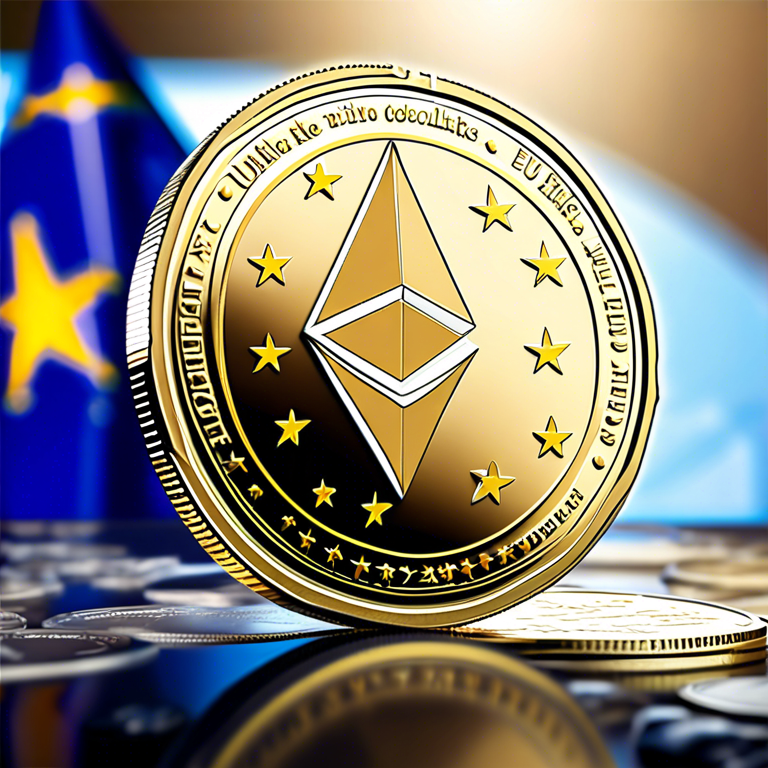Understanding the value dynamics of Ether in relation to the European Union’s digital currency landscape offers fascinating insights into the broader aspects of cryptocurrency investments and blockchain technology’s influence. This article aims to provide a comprehensive overview of Ether’s price, factors influencing its market value, and its significance within the EU’s evolving digital finance ecosystem.

Introduction to Ether
Ether is the native cryptocurrency of the Ethereum blockchain, a decentralized platform that enables smart contracts and decentralized applications (DApps) to be built and operated without any downtime, fraud, control, or interference from a third party. Ethereum’s flexible platform has made Ether one of the most important cryptocurrencies in the world, second only to Bitcoin in terms of market capitalization.
Current Market Price of Ether
The price of Ether fluctuates due to a variety of factors, including market demand, the number of active DApps on the Ethereum network, and broader economic indicators. As with all cryptocurrencies, its value is highly volatile, responding to regulatory news, network upgrades, and the overall sentiment in the crypto market. For the most current price, investors are encouraged to consult real-time financial data from reputable cryptocurrency exchanges.
Factors Influencing Ether’s Price in the EU
Several factors specifically impact the value of Ether within the European Union. Regulatory changes proposed by EU financial authorities can play a significant role, as these may affect how cryptocurrencies are traded, held, and taxed within member states. Additionally, the integration of blockchain technology into European financial services and the adoption rate of Ethereum-based applications can influence Ether’s demand and, consequently, its price.
The EU’s stance towards digital assets and its plans to introduce a digital Euro could also affect Ether’s market value. While a digital Euro represents a move towards central bank digital currencies (CBDCs
), it also signals the EU’s openness to digital finance solutions, which could complement decentralized currencies like Ether.
Ethereum’s Technological Developments
Ethereum’s ongoing upgrades, most notably the transition to Ethereum 2.
0, which aims to improve the network’s scalability, security, and sustainability, could significantly impact Ether’s price. These technological advancements are closely watched by investors, as they can enhance the network’s capabilities and potentially lead to increased demand for Ether.
The Prospects of Ether in the EU’s Digital Finance
The future of Ether within the EU’s digital finance ecosystem looks promising. As the EU continues to explore and adopt blockchain technology, the demand for Ethereum’s flexible and robust platform could increase. Moreover, if the digital Euro operates alongside decentralized cryptocurrencies rather than in opposition, Ether could play a pivotal role in the EU’s digital economy, possibly boosting its value further.
In conclusion, while Ether’s price is influenced by a multitude of factors, its integral role in the blockchain and cryptocurrency spaces makes it a significant player in the EU’s financial landscape. Understanding these dynamics can help investors navigate the complexities of the crypto market, particularly in regions like the EU, where digital finance is rapidly evolving. As always, potential investors should conduct thorough research and consider various factors before making any investment decisions in the cryptocurrency market.


